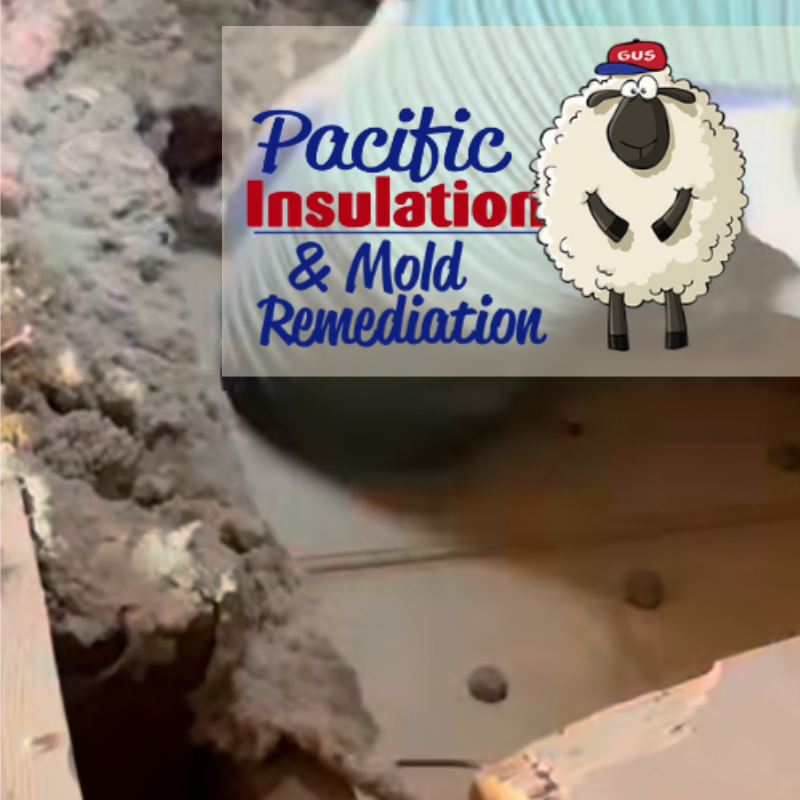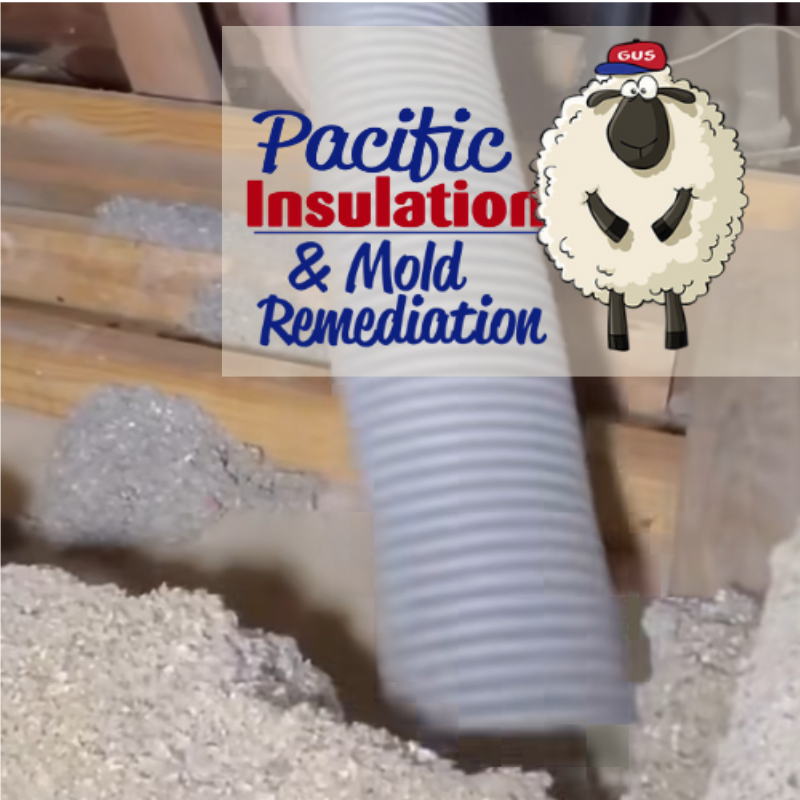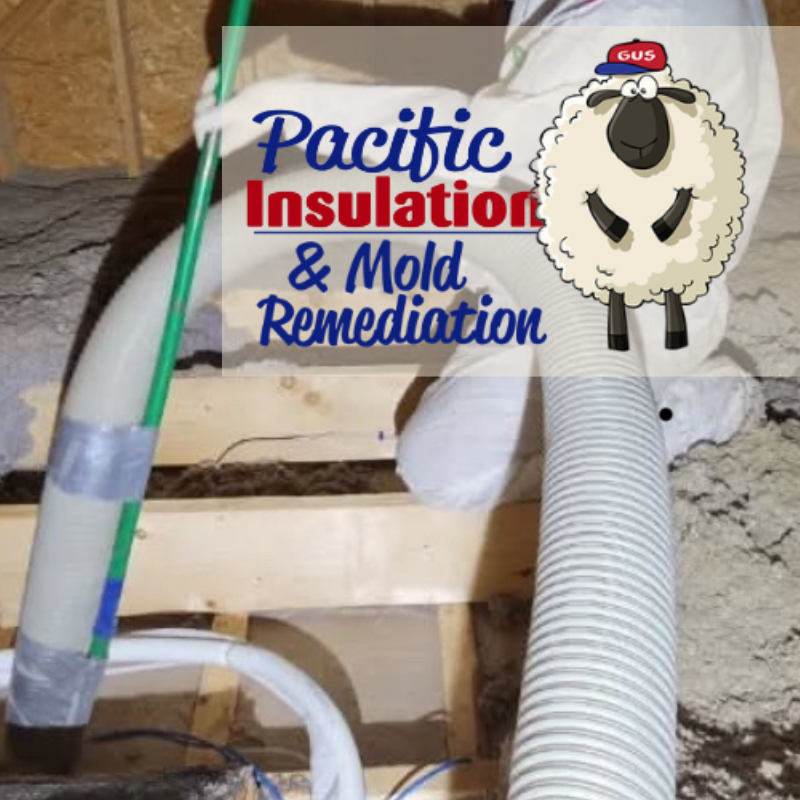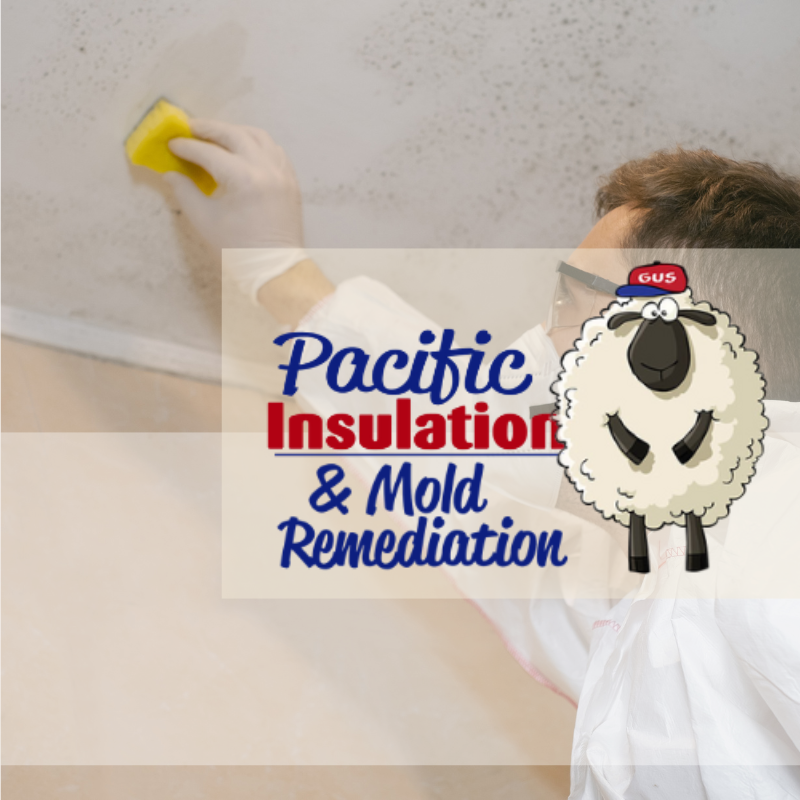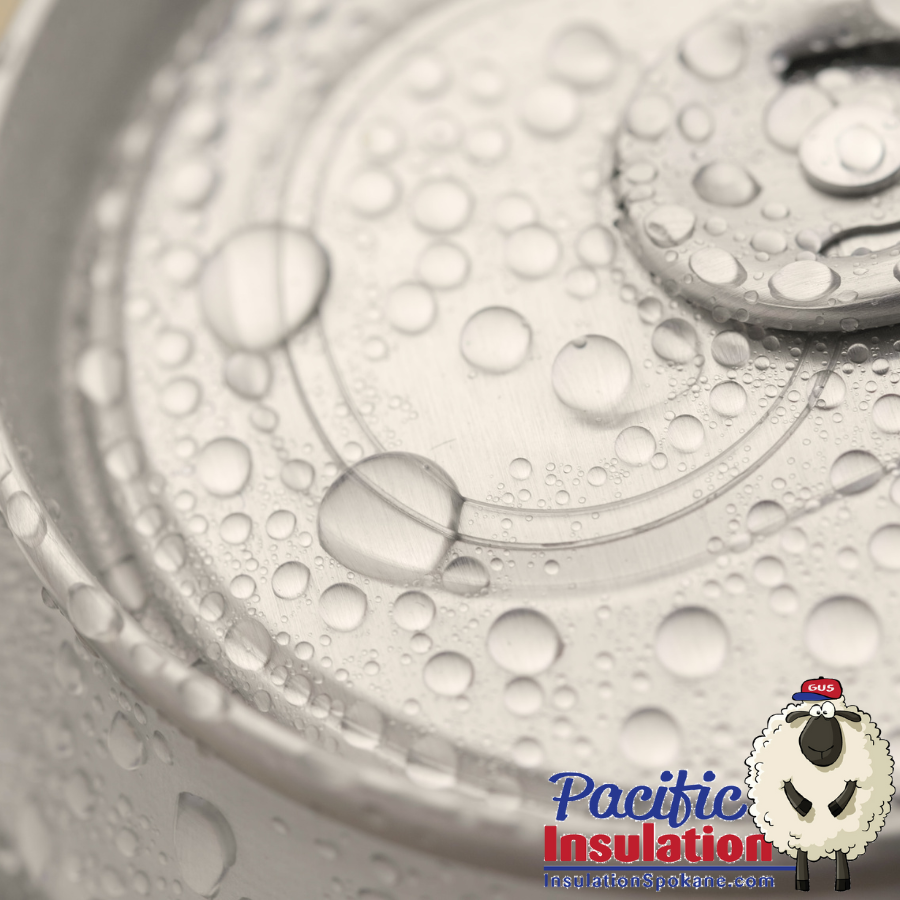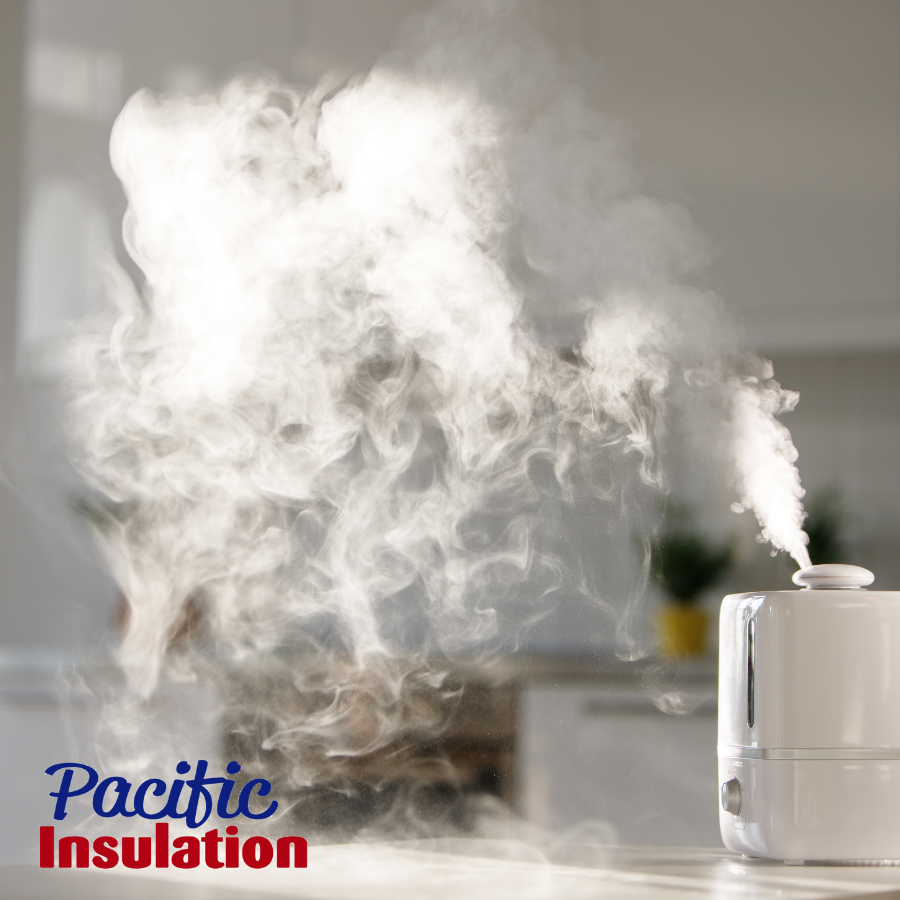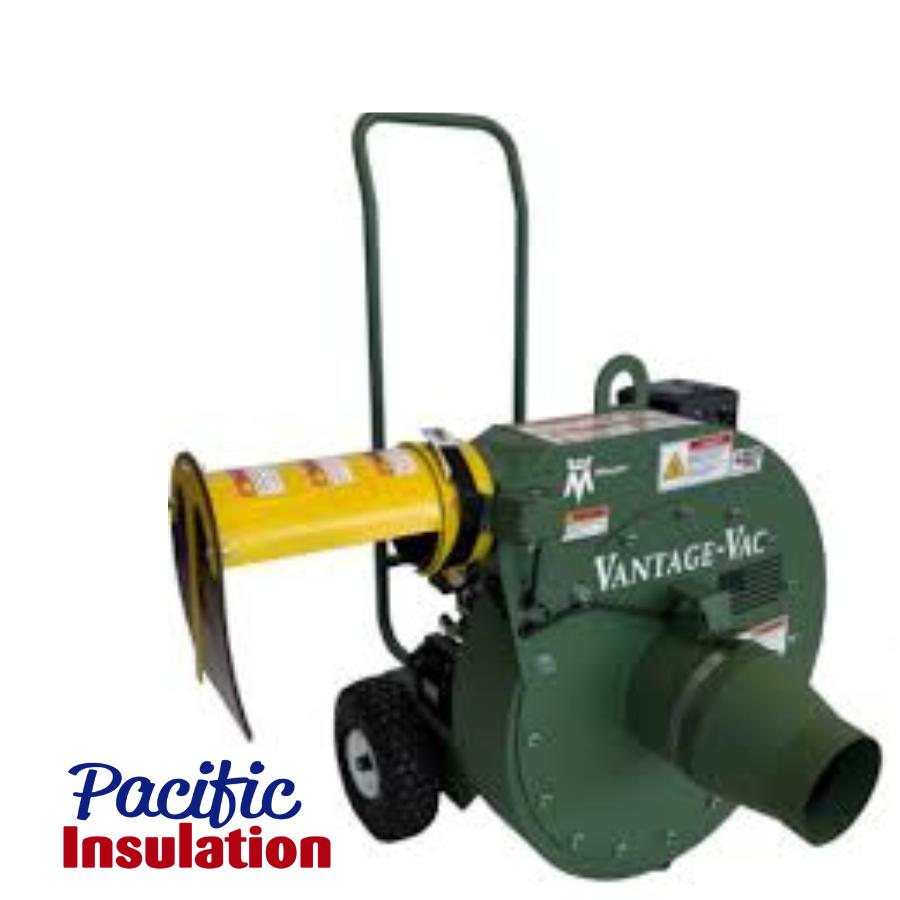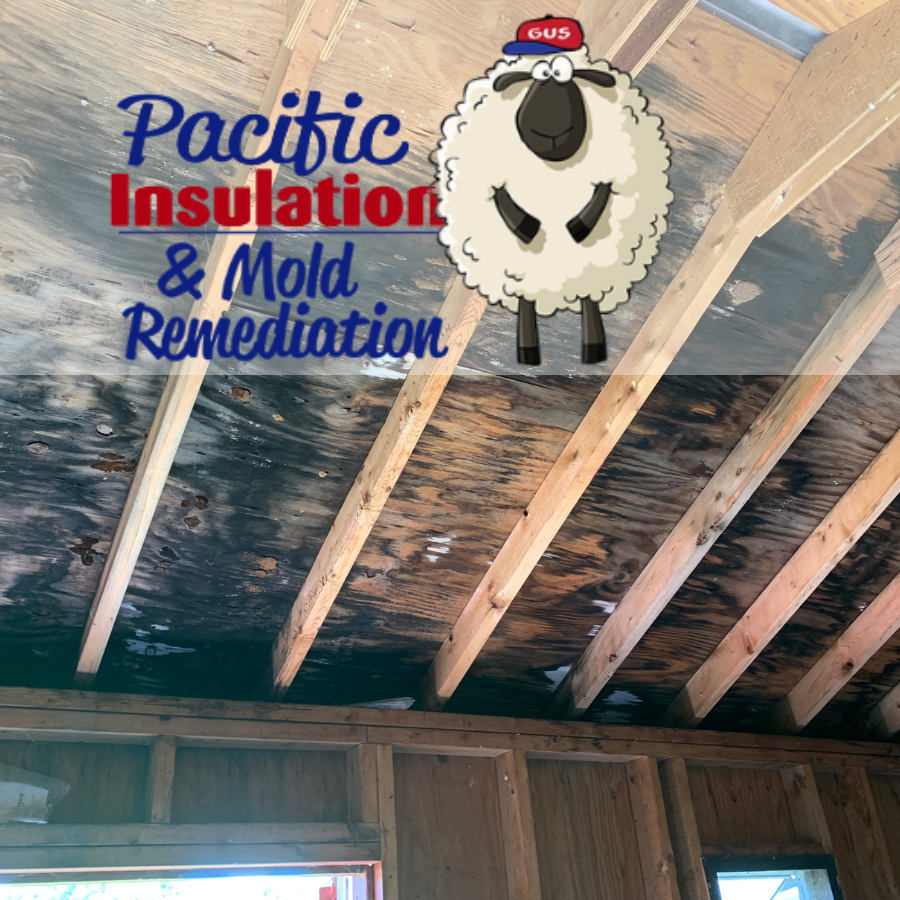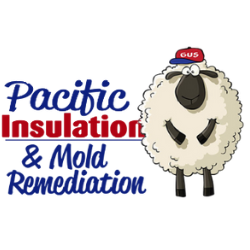What are the pros and cons of spray foam insulation?
The Pros and Cons of Spray Foam Insulation in Kootenai County
If you’re considering spray foam insulation for your home in Kootenai County, you’re likely looking for a solution that enhances energy efficiency, reduces heating and cooling costs, and withstands the region’s extreme climate. While spray foam insulation is a popular choice for many homeowners, it’s important to understand both its advantages and potential drawbacks before making an investment.
In this guide, we’ll break down the pros and cons of spray foam insulation and help you determine whether it’s the right choice for your home.
Pros of Spray Foam Insulation in Kootenai County
1. Superior Insulation Performance (High R-Value)
Spray foam insulation offers one of the highest R-values per inch, meaning it provides excellent resistance to heat transfer. This is especially important in Kootenai County, where winters can be harsh.
- Closed-cell spray foam has a much higher R-value of R-6 to R-7 per inch.
🔹 Why it matters: With its high insulation power, spray foam helps keep homes warm in winter and cool in summer, reducing energy costs year-round.
2. Air Sealing and Draft Prevention
Unlike traditional insulation materials (fiberglass or cellulose), spray foam expands upon application, filling gaps, cracks, and hard-to-reach areas.
- Prevents air leaks, reducing heat loss in winter.
- Stops cold drafts, making your home more comfortable.
🔹 Why it matters: Since Kootenai County experiences strong winter winds and subfreezing temperatures, a well-sealed home helps lower heating bills and improves indoor comfort.
3. Moisture and Mold Resistance
Closed-cell spray foam acts as a vapor barrier, making it resistant to moisture infiltration and preventing condensation issues.
- Helps protect against mold and mildew in humid or damp areas (like basements and crawl spaces).
- Prevents water damage, unlike fiberglass insulation, which can absorb moisture and lose effectiveness.
🔹 Why it matters: With Kootenai County’s snowy winters and potential for moisture-related issues, spray foam is an excellent choice for basements, attics, and crawl spaces.
4. Longevity and Durability
Spray foam insulation lasts 20-30 years or more, compared to traditional insulation like fiberglass, which may degrade or settle over time.
- Does not sag or shift, maintaining its insulation performance.
- Resistant to pests, since it doesn’t provide an easy nesting material for rodents.
🔹 Why it matters: Investing in spray foam means fewer replacements and maintenance costs over time.
5. Energy Savings
Homes insulated with spray foam can see energy savings of 30-50% due to its superior air sealing and high R-value.
- Reduces the workload on heating and cooling systems.
- Helps maintain consistent indoor temperatures year-round.
🔹 Why it matters: Lower energy consumption means reduced utility bills, which is especially important in areas with extreme seasonal temperature swings like Kootenai County.
Cons of Spray Foam Insulation in Kootenai County
1. Higher Upfront Cost
One of the biggest drawbacks of spray foam insulation is its higher installation cost compared to traditional options like fiberglass or cellulose.
- Closed-cell spray foam: $1.50 – $2.20 per board foot.
- Full-home installation can cost between $8,000 – $15,000, depending on the size of the area and thickness of insulation.
🔹 What to consider: While spray foam has a higher initial cost, its long-term energy savings can offset this investment over time.
2. Professional Installation Required
Unlike fiberglass or cellulose insulation, which homeowners can install themselves, spray foam requires professional application.
- Requires specialized equipment and proper safety measures.
- Incorrect installation can lead to gaps, uneven application, or off-gassing issues.
🔹 What to consider: Always hire an experienced, certified contractor for proper installation and maximum efficiency.
3. Off-Gassing and Chemical Sensitivities
Spray foam contains chemicals that release gases (off-gassing) during installation, which can cause strong odors and temporary indoor air quality issues.
- Curing time: Typically takes 24–48 hours for the foam to fully cure and off-gas.
- Can cause irritation for people with respiratory sensitivities or chemical allergies.
🔹 What to consider: If you have concerns about air quality, plan to vacate the home for 24–48 hours after installation.
4. Potential for Over-Insulation
Because spray foam is such an effective air and moisture barrier, improper application can create an overly airtight home.
- Without proper ventilation, homes may retain too much moisture, leading to indoor air quality issues.
- May require additional mechanical ventilation systems (like HRVs or ERVs) to regulate airflow.
🔹 What to consider: A professional insulation contractor will ensure the right balance of insulation and ventilation to prevent air stagnation.
5. Not Ideal for All Budgets
For homeowners on a tight budget, the cost of spray foam insulation may be prohibitive. While it offers long-term savings, the higher initial investment might not be feasible for everyone.
🔹 Alternative options: If full-home spray foam insulation isn’t affordable, consider a hybrid approach (spray foam in key areas, such as attics and crawl spaces, while using fiberglass or cellulose in walls).
Is Spray Foam Insulation Right for Your Kootenai County Home?
✅ Choose Spray Foam If:
✔️ You want
maximum energy efficiency and insulation performance.
✔️ You live in an area with
cold winters and extreme temperature swings.
✔️ You want
long-lasting insulation with minimal maintenance.
✔️ Your home has
moisture issues, drafts, or air leaks that need sealing.
🚫 Consider Alternatives If:
❌ You’re on a
tight budget and need a lower-cost insulation option.
❌ You prefer a
DIY-friendly insulation material.
❌ You have
chemical sensitivities and are concerned about off-gassing.
Final Verdict: Is Spray Foam Insulation Worth It in Kootenai County?
Yes, if you’re looking for superior insulation performance, energy savings, and long-term durability. Spray foam insulation is an excellent investment for homes in Kootenai County, where cold winters and moisture issues make high-quality insulation a necessity.
However, its higher upfront cost and professional installation requirements may not make it the best option for every homeowner. If cost is a concern, consider using spray foam in key areas (like attics and crawl spaces) while supplementing with other insulation types in walls.
Need Help with Your Insulation Project?
If you’re interested in installing spray foam insulation in Kootenai County, consider consulting a local insulation expert to get accurate pricing and recommendations for your home.
Would you like help finding a contractor or getting a quote? Let me know! 🔧💡
